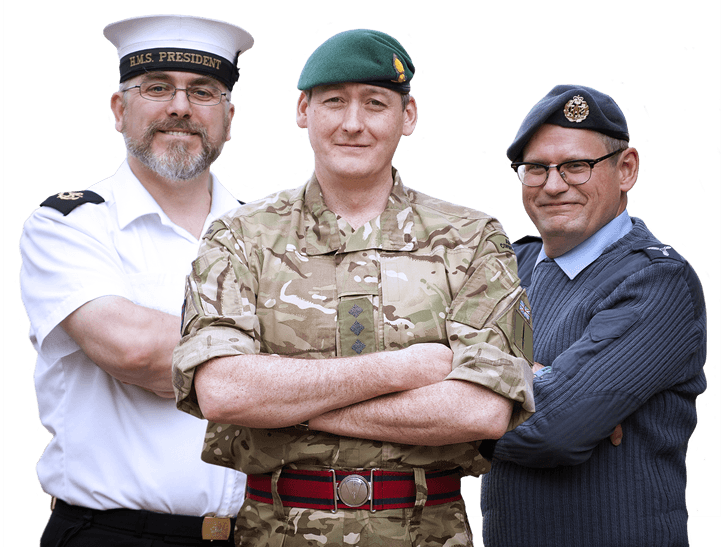Send a message.
We will respond to any queries as quickly as possible, but please allow up to 48 hours for a response.
Business Hours
Monday-Friday: 9am to 5pm
Saturday: Closed
Sunday: Closed
Error: Contact form not found.
We will respond to any queries as quickly as possible, but please allow up to 48 hours for a response.
Monday-Friday: 9am to 5pm
Saturday: Closed
Sunday: Closed
Error: Contact form not found.
Haworth-based manufacturer of military uniforms, braid, insignia, regalia and accoutrement.
Wyedean Supplies a Wide Range of Products to Armed Forces the World Over
Specialist clothing and equipment for demanding conditions.
Every sailor proudly represents his or her ship.
A reputation for immaculate style and attention-to-detail.
21st-century products for a modern, progressive workforce.
The United Nations, protecting civilians and keeping the peace.
From the small screen to the big screen, our products in focus.

Crafted with the same pride and passion demonstrated by those who wear our uniforms.
Wyedean also has many years’ experience working as more than just a manufacturer
Wyedean is a prime contractor to the British Ministry of Defence which means it directly supplies the Royal Navy, British Army, Royal Air Force and the various cadet forces.
Adding {{itemName}} to cart
Added {{itemName}} to cart